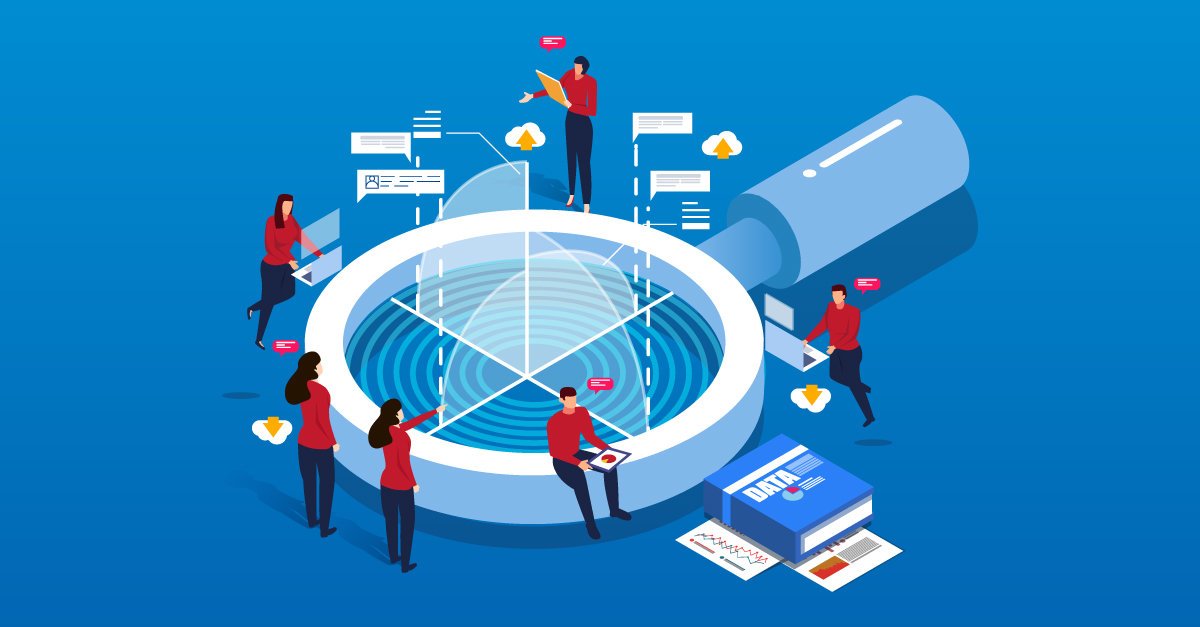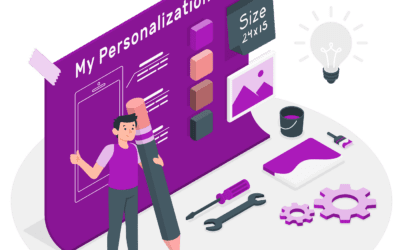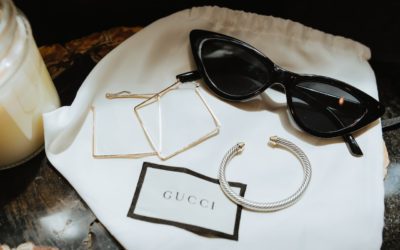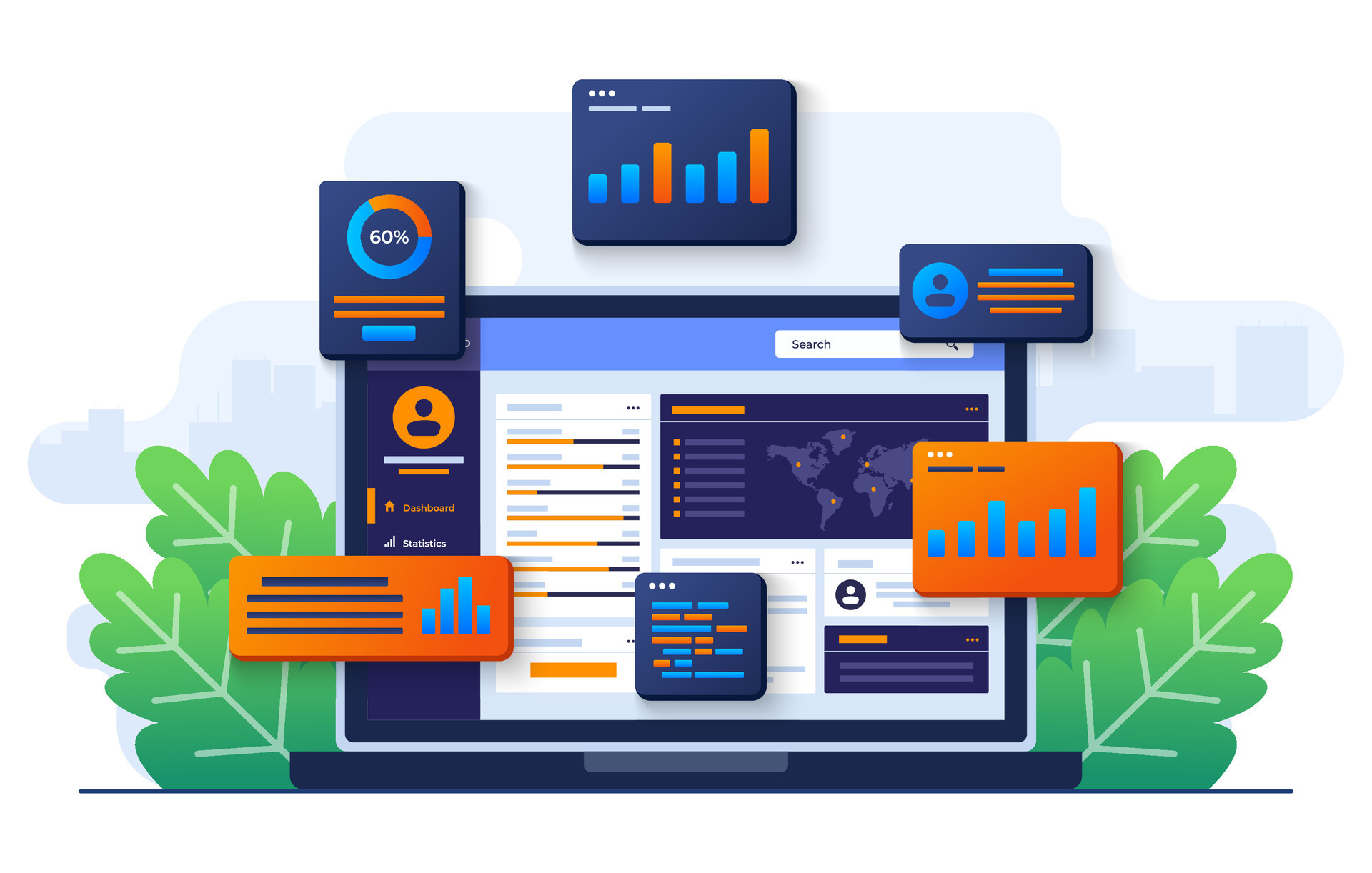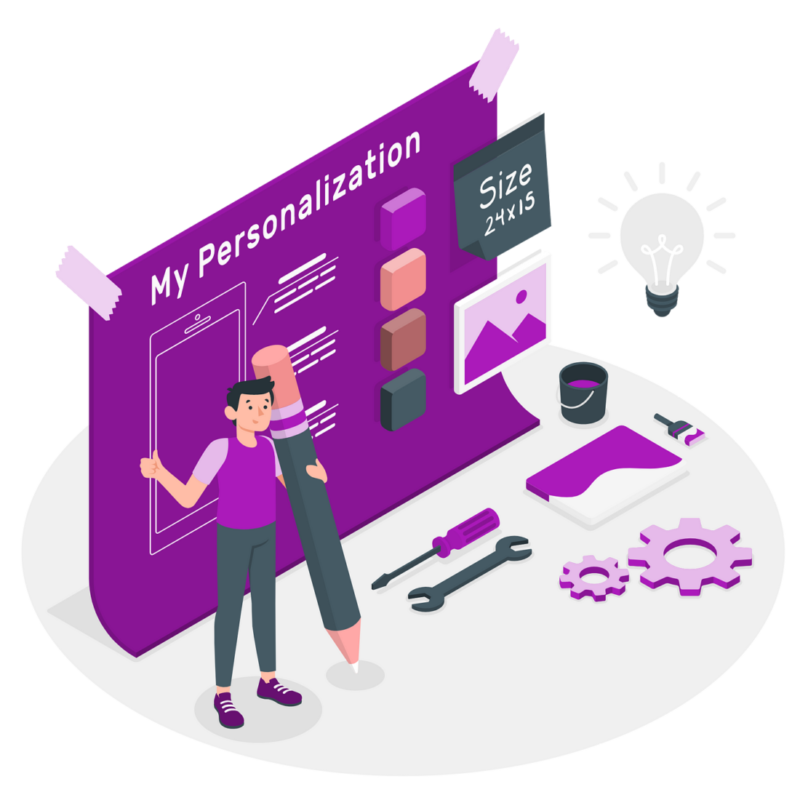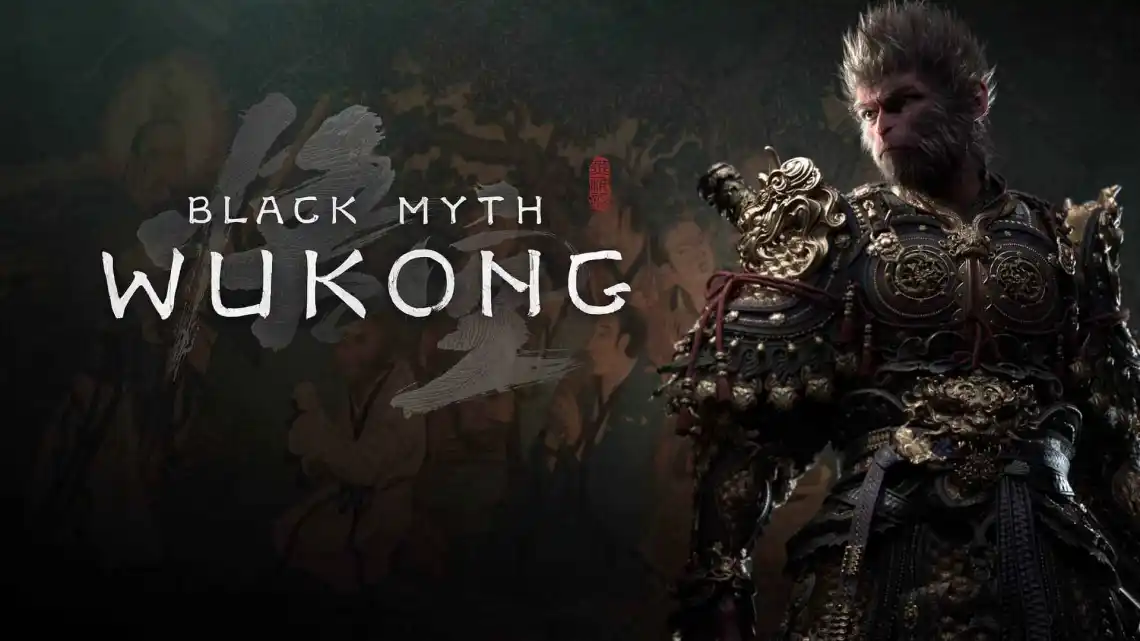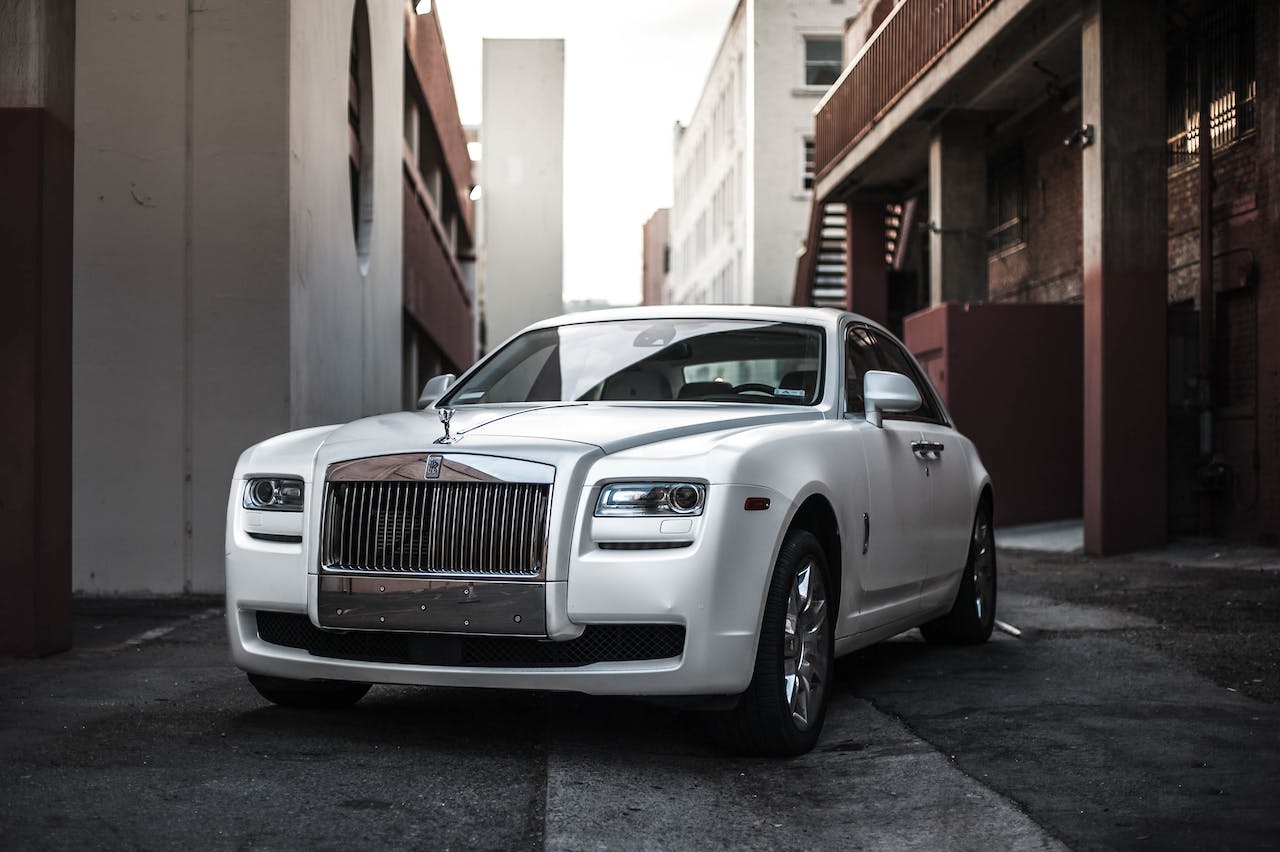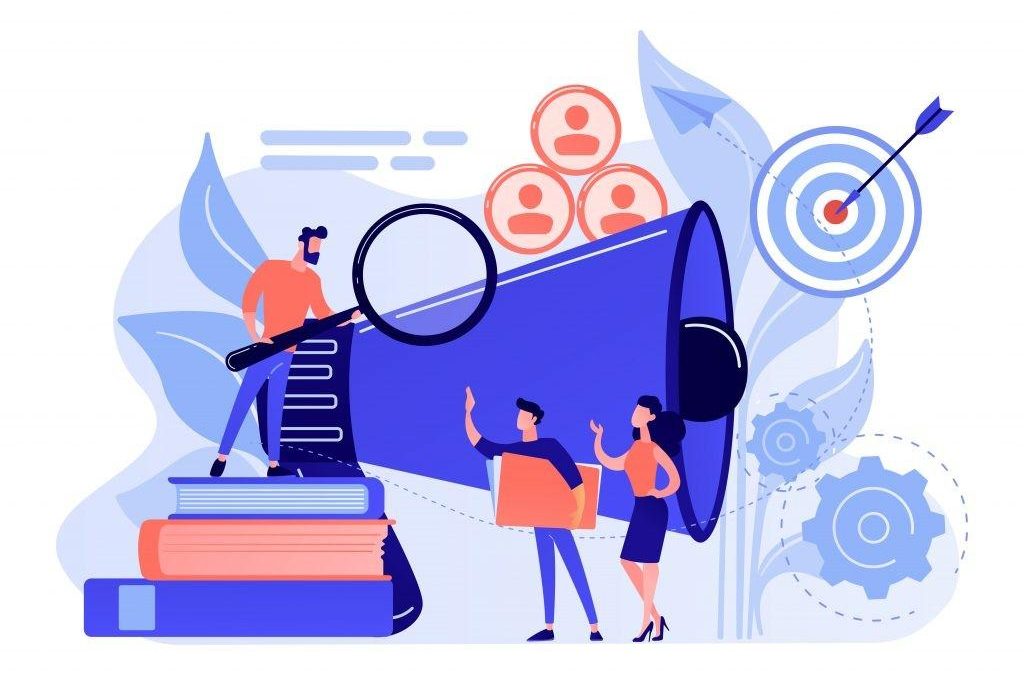Data-Driven Luxury: Transformation with Brand Experiences
Luxury brands will be facing more challenges from now on due to consumer preferences changes, economic conditions, effectiveness from their marketing campaigns (ads or social media), and privacy concerns. Although the Global Luxury market has experienced growth of 8 to 10% in 2023 against 2022, it is expected to slow down, especially for the Personal Luxury goods sector as less than 4% is forecasted for this year. The consumer expects an integrated Customer Journey that not only attracts them but retains them, but how to create more personalized, engaging, and seamless experiences across offline and online channels and touchpoints?
Based on a Google study from 2018 the consumer journey can have between 20-500 touchpoints, depending on the complexity of the purchase.
As data and analytics have become essential tools for luxury brands to understand their customers better to optimize personalization, we will explore how data analytics can be harnessed to drive growth beyond digital, create value across the fashion and luxury value chain, and build data-driven transformation in luxury. Additionally, we’ll give some examples of data-driven efforts and their results.
How big data analytics drives luxury brands’ growth beyond digital
The rise of e-commerce, social media, and mobile devices has changed the way customers interact with luxury brands. Customers now have access to more information, choices, and channels than ever before, and they expect luxury brands to offer them relevant, consistent, and seamless experiences across all touchpoints.
This means that luxury brands need to leverage big data analytics to collect, integrate, and analyze data from various sources, such as online and offline transactions, customer feedback, social media, web analytics, CRM, and IoT devices. By doing so, luxury brands can gain insights into their customers’ behaviors, preferences, needs, and expectations, and use them to optimize their marketing, merchandising, pricing, and inventory strategies.
Data-Driven Luxury Examples: Burberry Loyalty & Product Management
Burberry has been using big data analytics to enhance its customer loyalty and retention. Burberry has implemented a customer-centric program called Customer 360, which uses RFID tags, mobile apps, and digital screens to collect and integrate data from online and offline channels, and provide personalized recommendations, offers, and services to customers based on their purchase history, preferences, and location.
Burberry also uses big data analytics to optimize its product design, development, and distribution. By analyzing data from social media, web analytics, and customer feedback, Burberry can identify emerging trends, customer preferences, and demand patterns, and use them to inform its creative and operational decisions.
Burberry Data-Driven Results:
Burberry has increased its revenue by 9% and its operating profit by 17% in 2019. It has also improved its customer satisfaction, loyalty, and retention rates, and has been recognized as one of the most innovative and digitally savvy luxury brands in the world. Additionally based on recent reports, the company has been growing in 2023 only in the Asian market with positive growth of 3%, driven by China and Korea.
On the other hand, some challenges have been happening for the brand in 2023 and 2024 that depended on the Digital Strategy side, that requires to also look outside of your data, and focus on the luxury and even other industries since the pricing strategy is not aligned with the Digital Strategy as a whole.

How data and analytics can create value across the fashion and luxury value chain
Data and analytics can not only help luxury brands enhance their customer experiences, but also create value across the entire fashion and luxury value chain, from design and production to distribution and after-sales service.
By using data and analytics, luxury brands can:
- Improve their design and production processes, by using data from customer feedback, social media, web analytics, and IoT devices to identify customer needs, preferences, and trends, and use them to inform their creative and operational decisions, such as product design, development, sourcing, manufacturing, and quality control.
- Optimize their distribution and inventory management, by using data from online and offline transactions, web analytics, CRM, and IoT devices to forecast demand, manage inventory levels, allocate products to the right channels and markets, and reduce costs and waste.
- Enhance their after-sales service and customer loyalty, by using data from online and offline transactions, customer feedback, social media, CRM, and IoT devices to provide personalized and proactive service, such as product maintenance, repair, customization, and recycling, and to offer loyalty programs, rewards, and incentives to customers.
Data-Driven Luxury Examples: LVMH & Richemont creates Value thru ‘Aura’
LVMH, the French luxury conglomerate partnered with Prada and Cartier, part of Richemont, has been using data and analytics to create value across its fashion and leather goods division, which includes brands such as Louis Vuitton, Dior, Fendi, and Givenchy. For this, they developed a data platform called Aura which uses blockchain, AI, and IoT technologies to collect and integrate data from various sources, such as product tags, e-commerce platforms, social media, and customer feedback.
Product Management: The platform is used to improve its design and production processes, by using data to monitor the quality and authenticity of its products and to provide consumers with a high level of sustainability transparency and traceability throughout the lifecycle of a product
Optimized Distribution and Inventory Management: they use data to track the movement and availability of its products across channels and markets, and to adjust its pricing and merchandising strategies accordingly.
After-Sales Service: it is used to enhance its after-sales service and customer loyalty, by using data to provide customers with information and stories about the products they buy, and to offer them personalized and exclusive services, such as product authentication, customization, and repair.
LVMH Data-Driven Results:
As a result of its data-driven approach, LVMH has increased its revenue by 15% and its operating profit by 21% in 2021. It has also improved its customer satisfaction, loyalty, and retention rates, and has been recognized as one of the most innovative and digitally advanced luxury conglomerates in the world.
How other brands are embracing big data to connect with customers and drive growth
While overcoming challenges (that the Luxury industry can learn from)
Luxury brands are not the only ones that can benefit from big data analytics. In fact, many other rapid-growth brands are bringing results, solving some of the common challenges for both luxury and non-luxury brands, and identifying opportunities. Below we state big data analytics challenges and solutions:
Big Data Analysis Challenges
- Data quality and integration: Big data analytics requires collecting, integrating, and analyzing data from various sources, such as online and offline transactions, customer feedback, social media, web analytics, CRM, and IoT devices. However, having different systems, teams, offices, and other partners, can pose challenges in terms of data quality, consistency, accuracy, and security. Therefore, brands are finding difficult to ensure that they have reliable and robust data platforms and systems that can handle the volume, variety, and velocity of data, and that they comply with the relevant data protection and privacy regulations.
- Data culture and talent: Big data requires not only technical skills, but also business acumen, creativity, and customer-centricity across the company. Therefore, a data-driven culture that allows and encourages experimentation, collaboration, and innovation, or if there’s no connected or complete data, that at least empowers employees to experiment in order to enrich the database. Additionally, brands especially luxury brands seem to have high turnover and that could hinder the efforts when attracting and retaining data and analytics talent, while providing the necessary tools, appropriate training, and incentives to perform their roles effectively and efficiently.
- Data ethics and transparency: Big data analytics can enable brands to offer personalized and omnichannel experiences to their customers, but it can also raise ethical and transparency issues, such as data ownership, consent, and usage. Therefore, brands need to ensure that they use data and analytics in a responsible and ethical manner, and that they communicate clearly and openly with their customers about how they collect, use, and share their data, and how they protect their privacy and security.
Successful Big Data Analytics Cases
Some of the best practices and examples of luxury and non-luxury brands that are using big data to connect with customers and drive growth are:
Sephora
- Sephora’s Optimized Customer Loyalty and Engagement: It has implemented a customer loyalty program called Beauty Insider, which uses data from online and offline transactions, customer feedback, social media, web analytics, and CRM to provide customers with personalized rewards, offers, services, and recommendations based on their purchase history, preferences, and behavior. Sephora also uses big data analytics to offer customers interactive and immersive experiences, such as virtual try-on, augmented reality, and personalized beauty advice. Also, for the socially conscious (mentioned in our 2024 trends), its members can use program points to donate to Sephora’s partner charities.
- Results: Sephora has increased its revenue by 14% and its operating profit by 18% in Q3 2023. It has also improved its customer satisfaction, loyalty, and engagement rates, and has been recognized as one of the most innovative and digitally savvy beauty brands in the world.
Related articles that might interest you:
- Top 10 Luxury Digital Trends for 2024
- Analyzing customer-centric Sephora’s mobile strategy (coming soon).
Starbucks
- Starbucks Customer Experience and operational efficiency improvement: It has implemented a customer-centric program called My Starbucks Rewards, which uses data from online and offline transactions, customer feedback, social media, web analytics, and CRM to provide customers with personalized rewards, offers, and services based on their purchase history, preferences, and location. Starbucks also uses big data to optimize its product design, development, and distribution, by analyzing data from customer feedback, social media, web analytics, and IoT devices to identify customer needs, preferences, and trends, and to inform its creative and operational decisions.
- Results: of its data-driven approach, Starbucks has increased its revenue by 11.55% and its loyalty program’s 90-day active membership base grew 15% year over year. It has also improved its customer satisfaction, loyalty, and retention rates, and has been recognized as one of the most innovative and digitally advanced coffee brands in the world.
How to build data-driven transformation in luxury
Building data-driven transformation in luxury is not a one-time project, but a continuous journey that requires a clear vision, a strong leadership, and a committed execution. Here are some of the key steps and components of data-driven transformation in luxury:
- Define the vision and objectives: The first step is to define the vision and objectives of data-driven transformation in luxury, such as what are the desired outcomes, benefits, and values that data and analytics can deliver for the brand, the customers, and the stakeholders. The vision and objectives should be aligned with the brand’s mission, vision, and values, and should be communicated clearly and consistently across the organization.
- Assess the current state and gaps: The second step is to assess the current state and gaps of data and analytics in luxury, such as what are the existing data sources, platforms, systems, processes, capabilities, and culture, and what are the gaps, challenges, and opportunities that need to be addressed. The assessment should be based on both quantitative and qualitative data, and should involve both internal and external stakeholders, such as employees, customers, partners, and suppliers.
- Data for bigger companies: An additional consideration is regarding data maturity in every office or market the company operates needs to be assessed. An article detailing this Data-Driven Transformation for Luxury brands (coming soon)
- Design the future state and roadmap: The third step is to design the future state and roadmap of data and analytics in luxury, such as what are the target data sources, platforms, systems, processes, capabilities, and culture, and what are the key initiatives, milestones, and resources that need to be implemented to achieve them. The design should be based on the best practices and benchmarks of data and analytics in luxury and other industries, and should be validated and tested with the stakeholders, especially the customers.
- Implement and monitor the transformation: The fourth step is to implement and monitor the transformation of data and analytics in luxury, such as what are the actions, tasks, and responsibilities that need to be executed to deliver the initiatives, milestones, and resources, and what are the metrics, indicators, and feedback that need to be collected and analyzed to measure and improve the performance, impact, and value of data and analytics. The implementation and monitoring should be based on an agile and iterative approach, and should involve constant communication, collaboration, and learning among the stakeholders, especially the customers.
Data-driven Transformation Challenges
- Lack of alignment and buy-in: Data-driven transformation in luxury requires a strong alignment and buy-in from the top management, the middle management, and the front-line employees, as well as from the customers, partners, and suppliers. However, this can be challenging to achieve, as different stakeholders may have different expectations, perceptions, and interests regarding data and analytics, and may resist or oppose the change. Therefore, data-driven transformation in luxury needs to be driven by a clear and compelling vision and objectives, and supported by a consistent and transparent communication and engagement strategy.
- Lack of skills and capabilities: Data-driven transformation in luxury requires a high level of skills and capabilities in data and analytics, as well as in business, creativity, and customer-centricity. However, this can be difficult to acquire, as data and analytics talent is scarce and competitive, and as luxury brands may lack the experience and expertise in data and analytics. Therefore, data-driven transformation in luxury needs to be enabled by a comprehensive and continuous talent development and retention strategy, which includes hiring, training, mentoring, rewarding, and empowering the data and analytics talent, as well as fostering a data-driven culture across the organization.
- Lack of innovation and differentiation: Data-driven transformation in luxury requires a high degree of innovation and differentiation, as luxury brands need to use data and analytics to create unique and memorable experiences for their customers, and to stand out from their competitors. However, this can be challenging to achieve, as data and analytics can also lead to homogenization and commoditization, and as luxury brands may face the trade-off between data-driven efficiency and creative intuition. Therefore, data-driven transformation in luxury needs to be balanced by a careful and strategic use of data and analytics, which respects the brand’s identity, heritage, and craftsmanship, and which leverages the human touch, emotion, and artistry.
Data-Driven Transformation Successful Examples
Some of the success factors and success cases of luxury brands that have built data-driven transformation in luxury are:
Gucci
- Gucci, a global luxury fashion house, has built data-driven transformation in luxury by using data and analytics to reinvent its brand image, product portfolio, and customer experience. It has used data and analytics to understand its customers’ preferences, behaviors, and feedback to offer them personalized and relevant products, services, and experiences.
- Improved product design: it has also used data and analytics to optimize its product design, development, and distribution, by analyzing data from customer feedback, social media, web analytics, and IoT devices to identify customer needs, preferences, and trends, and to inform its creative and operational decisions.
- Results: Gucci increased its revenue by 8% in 2022, and although it has been decreasing, this brand is always trying new things to reach new customers such as Millenials and Gen Zs. It has also improved its customer satisfaction, loyalty, and engagement rates, and has been recognized as one of the most innovative and digitally savvy luxury brands in the world.
Montblanc
- Montblanc, a global luxury goods manufacturer, has built data-driven transformation in luxury by using data and analytics to enhance its product innovation and customer engagement.
- Targeting connected devices: it has used data and analytics to create smart and connected products, such as smartwatches, smart headphones, and smart writing instruments, which use IoT devices, AI, and cloud technologies to collect and integrate data from online and offline channels, and to provide customers with personalized and interactive features, such as fitness tracking, voice control, and digital note-taking.
- Immersive and Omnichannel experiences: the brand has offered customers virtual reality, augmented reality, and live streaming, which use data from online and offline transactions, customer feedback, social media, web analytics, and CRM to provide customers with personalized and relevant content, offers, and services.
- Results: it has increased its revenue by 21% in 2023. It has also improved its customer satisfaction, loyalty, and engagement rates, and has been recognized as one of the most innovative and digitally advanced luxury goods manufacturers in the world.
Conclusion
Data and analytics have become essential tools for luxury brands to understand their customers better, tailor their offerings to their preferences and needs, and create value across the entire fashion and luxury value chain. The trend is increased hyper-targeting but with a strong data-driven strategy to not only acquire but retain customers effectively.
If you are interested in learning more about data-driven luxury, or if you need any consultation or assistance in implementing data and analytics in your luxury brand, please contact us.
We are a team of experts in Product Management and Digital Strategy with 15 years of experience in the Americas, India, and Japan market helping luxury and premium brands achieve their goals. 😊

